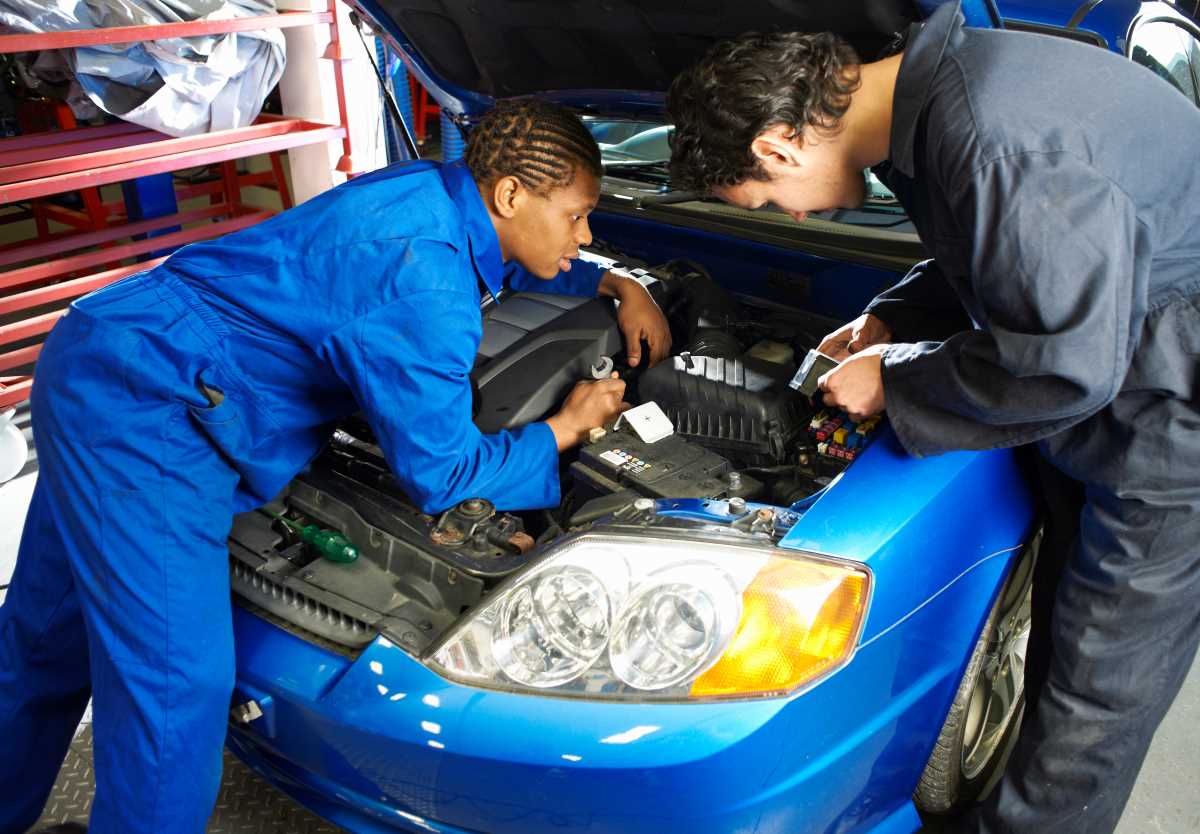
By Lauren Barack
Post-high school pathways for students — whether they attend an alternative school or not — can vary. While that may mean college, these options can include attending a vocational school, walking into a trade or even enlisting in the military.
It’s crucial to start those conversations with students early in their educational careers and support them so they begin thinking about those options before they finish school.
“Because what you don’t want is for a student to wake up the day after graduation with that diploma in their hand and say, ‘What now?’” said Amy Schlessman, a member of NAEA’s executive board, and chief alternative educator officer for ThrivePoint High Schools, a charter school network in Arizona.
At ThrivePoint, Schlessman said, students attend a class where they learn about options for their future. The school also has partnerships run through West-MEC, a school district focused on career training in Phoenix, Arizona, that offers students preparatory training in fields ranging from dental assistance to coding. They can also find internships with outside businesses, from restaurants to tech firms.
Schlessman believes alternative schools might also do well in rethinking the language around preparing students for when they’ve graduated. She knows many in the field talk about this preparatory path in terms of “college and career readiness.” But she thinks changing that terminology could help not only students but educators, as well.
“When you say college, it turns off half the alternative high school students because they think, ’I’m not going directly to a college or even a university,” Schlessman said. “I think alternative high schools need to understand this is post-secondary education and workforce readiness.”
In Chicago, momentum is growing to expand these opportunities, which could include vocational classes or ensuring students have two to three years to complete CTE programs, Chalkbeat reported. The city’s alternative high school students currently lack universal access to many CTE options, even though career training opportunities can positively impact their chances of graduating and succeeding after they leave school.
One roadblock is that many alternative high school students typically attend for an average of 18 months — not long enough to finish a CTE sequence.
Research suggests finishing career training programs can boost students’ earnings by 40% over five years, according to Chalkbeat.
Programs like those offered through the adult charter high school Goodwill Excel Centers have found workarounds that address some of the challenges alternative high school students face, including providing flexible schedules so students can work a job while attending school and offering child care.


